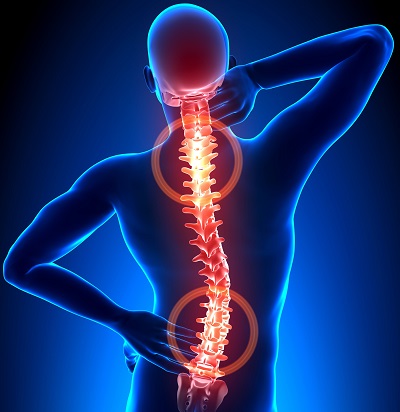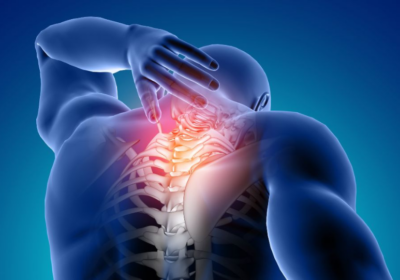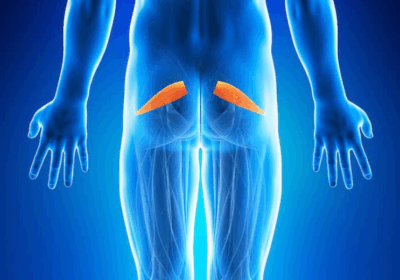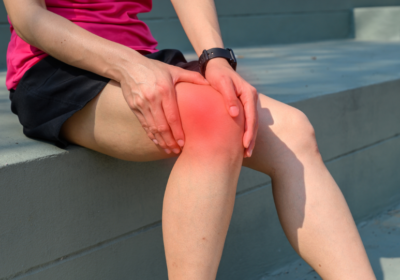Ayurveda Treatment for Scoliosis

Scoliosis is a condition where the spine curves or bends sideways. It affects one out of three people during their lifetime. Scoliosis is when the spine curves or bends. It affects one out every three people during their lifetime and is often treated with surgery.
There are several different causes of scoliosis. These include genetics, trauma, and idiopathic (or unknown) causes. Idiopathic scoliosis occurs without any known cause. Traumatic scoliosis results from an injury to the spine. Genetics plays a role in some cases of scoliosis.
Symptoms of Scoliosis
People with scoliosis often experience pain in their back and neck. They may also feel tired and stiff after sitting for a while. Other symptoms include headaches, fatigue, and difficulty sleeping.
Treatments for Scoliosis
There are several treatments available for scoliosis. These range from conservative treatment options like wearing a brace to surgical procedures such as spinal fusion. In some cases, surgery is necessary to correct the curve in the spine.
Ayurvedic scoliosis treatment focuses on correcting lateral misalignment of the spine while maintaining the normal curvature of the spine. To perform this correction, it is necessary to relax the supporting muscles and then correct the misalignment of the spine with a bandage. Muscles must then be strengthened to hold the spine, which requires a special external intervention. Herbal supplements and drugs are taken internally for pain relief and muscle relaxation. Herbal massage is done outside.
The treatment of scoliosis in Ayurveda follows the Panchakarma method. Ayurveda says that modern medicine declares “no known cause unknown”, but it’s all about vata dosha. When toxins, which are naturally dry, build up in your muscles, they cause muscle spasms. A pressure/weight imbalance from either side causes the spine to curve. Panchakarma removes toxins and relaxes all joints of the spine.
Abhyangam, also known as Special Herbal Massage, is one of the Ayurvedic treatments for scoliosis. This massage is also preventive medicine. In other words, it rejuvenates the body and keeps it in shape.
Additionally, combining Ayurvedic scoliosis treatment with yoga poses and breath awareness can restore structural alignment and symmetry in the body. Body realignment is achieved by stretching and strengthening the muscles weakened by the asymmetrical imbalance of scoliosis.
How is scoliosis in children and adolescents treated?
Scoliosis affects people of all ages, but is most common in adolescents. Childhood and adolescent scoliosis is a condition in which a child’s spine is abnormally curved or twisted. Scoliosis can range from mild to severe. People with mild scoliosis may only need to see a doctor regularly.
There are different types of scoliosis in children and adolescents.
Idiopathic scoliosis is the most common type. “Idiopathic” means that the cause is unknown, but because it occurs in families, it has a genetic (genetic) basis.
Congenital scoliosis is a very rare spinal anomaly detected at birth.
The treatment of childhood scoliosis depends on several factors.
- Scoliosis type.
- Type and curvature.
- Scoliosis in your family history.
- Age of child.
- Remaining growth years of the child before skeletal maturity.
Most children with scoliosis have mild cases and only need to be monitored every 4-6 months.
If your child’s doctor finds that the curvature of the spine is getting worse, he may prescribe a custom brace to prevent further progression.
Surgery may be necessary if the brace does not control the curvature of the spine, or if the curvature of the spine is severe at first glance by the child. This is usually recommended if the curvature of the spine exceeds her 45 degrees. Surgery has proven to be a highly effective treatment for severe scoliosis





Leave a Reply
You must be logged in to post a comment.